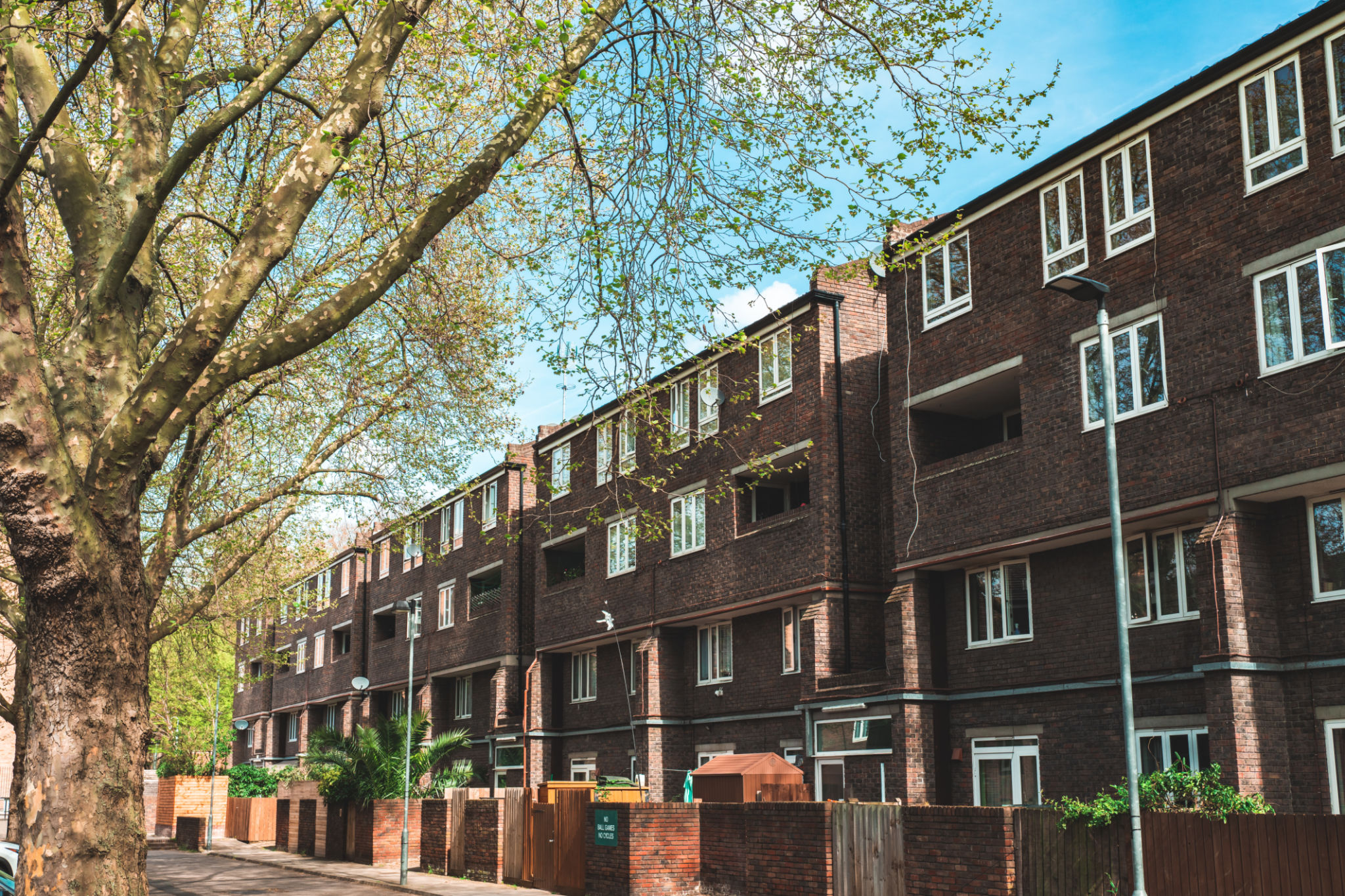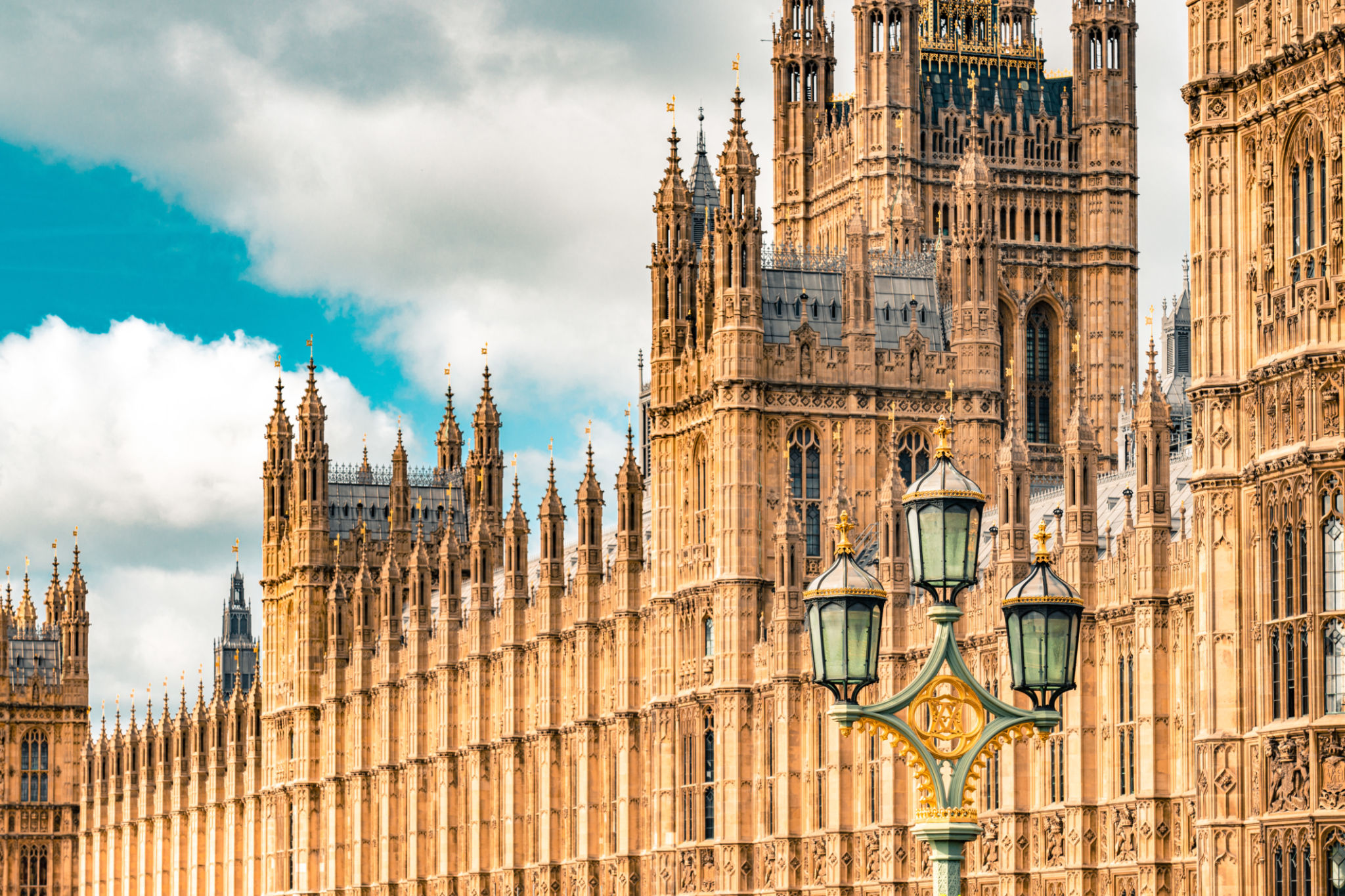The Evolution of Modern Architecture in Urban UK
The Roots of Modern Architecture in the UK
The landscape of modern architecture in urban UK is a testament to innovation and cultural evolution. Emerging from the shadows of traditional styles, modern architecture has redefined skylines with its sleek lines and innovative use of materials. In the early 20th century, architects sought to break away from the ornate Victorian and Edwardian styles, embracing new technologies and materials such as steel, glass, and concrete.
One of the key figures in this transformation was Walter Gropius, whose influence from the Bauhaus movement can be seen in many urban developments. The emphasis was on functionality and simplicity, creating spaces that were not only aesthetically pleasing but also served practical needs.

The Post-War Rebuilding Effort
Following World War II, the UK faced a massive rebuilding task. This period marked a significant shift towards modernism as the country sought to rebuild quickly and efficiently. The need for housing and public buildings led to the construction of numerous high-rise towers and estates across cities like London, Birmingham, and Manchester.
During this time, architects like Alison and Peter Smithson introduced brutalism, characterized by its stark, monolithic structures made of raw concrete. While initially controversial, brutalism represented an honest approach to design and construction during a time of economic hardship.

Technological Advancements and Sustainable Design
The late 20th century and early 21st century saw significant technological advancements that further pushed the boundaries of modern architecture. The integration of computer-aided design (CAD) allowed architects to experiment with complex forms and innovative structures that were previously unimaginable.
Sustainability has become a central theme in modern architecture. Urban areas have seen a rise in eco-friendly buildings that incorporate green roofs, solar panels, and sustainable materials. This shift not only addresses environmental concerns but also enhances the quality of urban living.
Iconic Modern Structures
Several iconic structures have emerged as landmarks of modern architecture in the UK. The Shard in London is a prime example of contemporary design, standing tall as the tallest building in Western Europe. Its sleek glass façade is a symbol of modernity and progress.
- The Gherkin, another London icon, showcases innovative design with its unique cylindrical shape.
- The Millennium Bridge, a pedestrian crossing over the River Thames, exemplifies elegance and functionality.
- The Sage Gateshead in Newcastle is renowned for its striking curved structure that enhances the cultural skyline.

The Role of Urban Planning
Modern architecture does not exist in isolation; it is closely linked to urban planning. Cities across the UK are embracing mixed-use developments that combine residential, commercial, and recreational spaces. This approach promotes a vibrant urban lifestyle while maximizing land use efficiency.
Urban planners work alongside architects to ensure that new developments integrate seamlessly into existing cityscapes. The focus is on creating inclusive, accessible environments that cater to diverse communities.
Looking to the Future
The evolution of modern architecture in urban UK continues to evolve as new challenges and opportunities arise. As cities become more densely populated, the demand for innovative housing solutions increases. Architects are exploring modular construction techniques and adaptable living spaces to meet these needs.
Moreover, the incorporation of smart technology into building design is shaping the future of urban living. From energy-efficient systems to smart home features, the next generation of buildings promises to enhance convenience and sustainability.
In conclusion, modern architecture in urban UK is a dynamic blend of history, innovation, and forward-thinking design. As we look to the future, these principles will continue to shape the way we live and interact with our urban environments.
